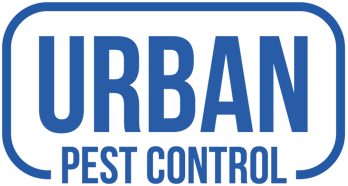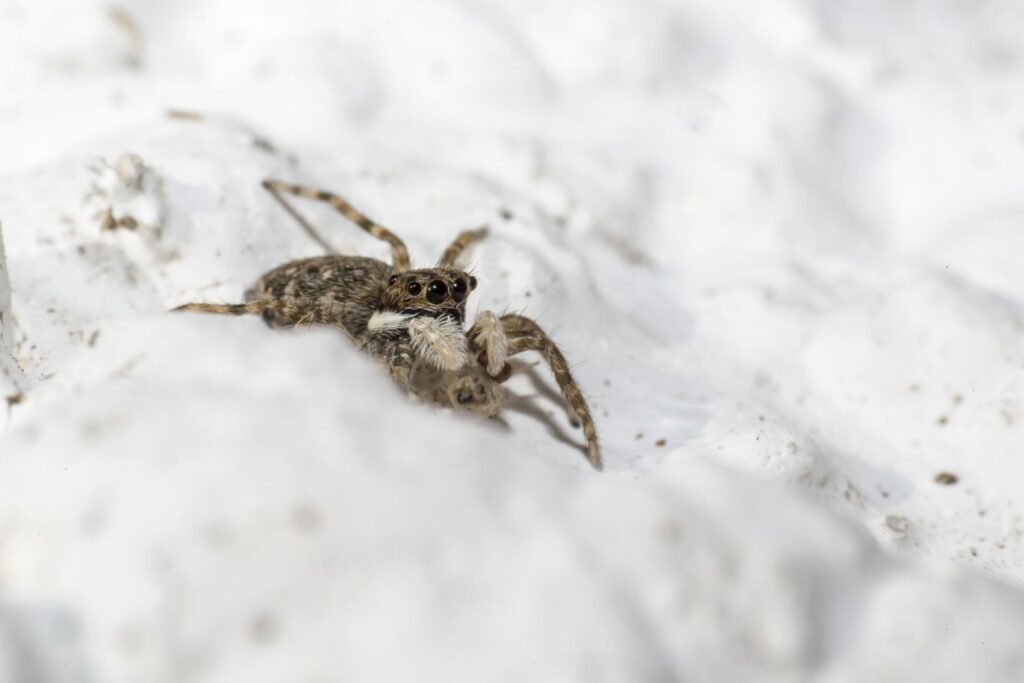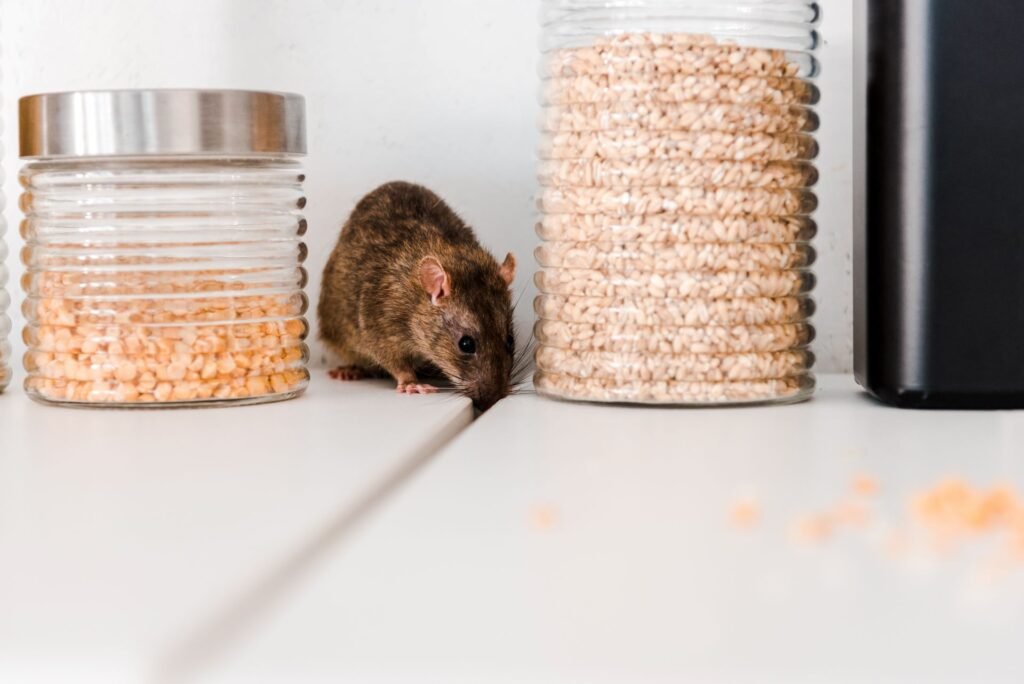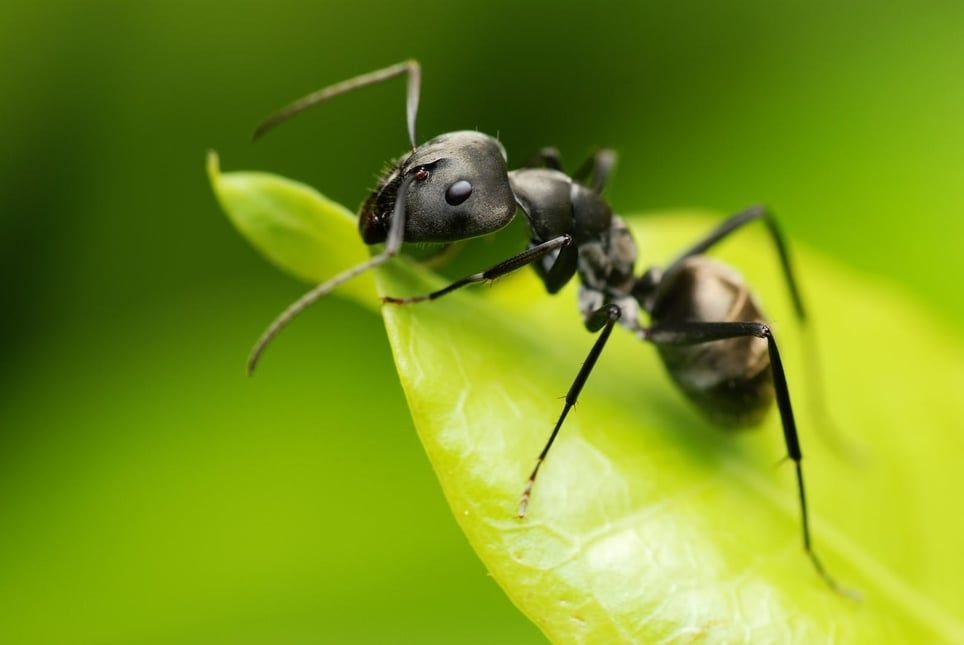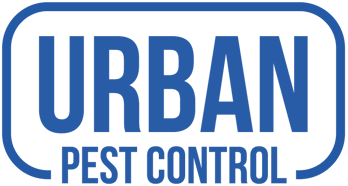Winter brings cozy moments by the fire and holiday celebrations, but it also brings unwanted guests into our homes. As temperatures drop, various pests seek refuge indoors, causing headaches for many homeowners. Understanding which pests are most common during the winter and knowing how to deal with them can help keep your living space comfortable and pest-free.
Common winter pests like rodents, cockroaches, and spiders look for warmth and food in our homes as the outdoor conditions become harsh. These pests can bring various problems, from contaminating food and spreading diseases to damaging property. It’s crucial to recognize the signs of these unwelcome invaders early to prevent a full-blown infestation.
Identify Common Winter Pests
During the winter months, several pests are known to seek shelter in warmer environments like our homes. The most common winter pests include rodents, cockroaches, spiders, and even certain insects like silverfish.
– Rodents: Mice and rats are perhaps the most notorious winter pests. As the temperatures drop, these creatures look for food and warmth inside buildings. They’re known for chewing through walls and wires, which can cause significant damage.
– Cockroaches: These pests thrive in moist, warm environments and often find refuge in kitchens and bathrooms. They can spread bacteria and worsen asthma conditions.
– Spiders: While many spiders are harmless, some like the brown recluse or black widow can pose dangers with their bites. Spiders usually seek shelter in undisturbed places like basements and attics.
– Silverfish: These small, wingless insects are attracted to damp areas and can usually be found in bathrooms or basements. While not dangerous, they can damage books, clothing, and pantry items.
These pests invade our homes during winter primarily for warmth and a steady food supply. As outdoor conditions become unfavorable, the need for survival drives them indoors, making proactive measures essential to keeping them out.
Signs of a Winter Pest Infestation
Recognizing the signs of a pest infestation early can help prevent a small issue from becoming a big problem. Each pest leaves different indicators of their presence.
– Rodents: Look for droppings, gnaw marks, and nests made of shredded paper or fabric. You might also hear scratching noises in walls or ceilings, especially at night.
– Cockroaches: These pests often leave behind small, dark droppings resembling coffee grounds or black pepper. You might also notice a musty odor or see their shed skins in hidden areas.
– Spiders: Spider webs in corners, behind furniture, and in less frequented areas signal their presence. Some spiders also leave oval egg sacs in their webs or hidden spaces.
– Silverfish: Finding tiny holes in paper goods, fabrics, or discovering silverfish themselves in damp areas like bathrooms and basements are clear signs of an infestation.
Distinguishing between different pest infestations involves understanding these specific clues. For instance, rodents leave visible droppings and may create noticeable damage, while cockroaches often remain hidden but leave behind a distinct odor. By identifying the signs specific to each pest, you can take appropriate action to address the problem effectively.
Effective Methods for Controlling Winter Pests
Dealing with winter pests requires effective strategies to ensure they are eliminated and do not return. Utilizing a combination of natural and chemical methods often yields the best results.
– Natural and Non-Toxic Pest Control Solutions: Many homeowners prefer natural methods to keep their living space safe. For example, peppermint oil is a great deterrent for mice and insects. Simply place a few drops on cotton balls and leave them where pests are likely to enter. Diatomaceous earth is another non-toxic option; this powder is effective against insects like cockroaches and silverfish by dehydrating them. Traps and baits that capture pests without the use of chemicals can also be useful, especially when placed in areas out of reach of children and pets.
– Safe and Effective Chemical Treatments: Sometimes natural methods may not be sufficient, particularly with severe infestations. In such cases, using chemical treatments can be necessary. For rodents, bait stations with poison can be placed strategically where children and pets cannot access them. Insecticides like sprays and bait gels can effectively reduce cockroach populations. Always follow the manufacturer’s instructions carefully to ensure safety and effectiveness. When using these products, proper ventilation and minimal contact are essential to avoid any health risks.
By combining these methods thoughtfully, you can tackle infestations efficiently while keeping your home environment safe for everyone.
Preventative Measures to Keep Winter Pests Out
Preventing pests from entering your home during winter is crucial to maintaining a pest-free environment. Here are some of the best practices to follow:
– Best Practices for Winter Pest-Proofing Your Home:
– Seal Entry Points: Check for cracks and gaps around windows, doors, and the foundation of your home. Use caulk or weather stripping to seal these openings to prevent pests from entering.
– Proper Storage: Store food in airtight containers and promptly clean up spills and crumbs to reduce the attraction for pests. Keeping a tidy kitchen is key to deterring pests.
– Reduce Clutter: Pests like to hide in cluttered areas. Keep basements, attics, and storage areas organized and clean to minimize hiding spots.
– Regular Maintenance Tips to Prevent Infestations:
– Inspect and Repair: Regularly inspect your home for signs of damage or wear that could serve as entry points for pests. Repair any issues discovered promptly.
– Landscape Management: Trim back trees and shrubs that are close to your home, as these can serve as bridges for pests to enter.
– Maintain Cleanliness: Regularly vacuum and dust to remove crumbs, cobwebs, and other pest attractants. Consistent cleaning routines can greatly decrease the likelihood of an infestation.
Integrating these preventative measures into your daily and seasonal routines can help keep your home free of pests throughout the winter months.
Conclusion
Winter can bring a variety of challenges, including the need to keep pests at bay. By identifying common winter pests and understanding why they invade, recognizing the signs of an infestation, utilizing effective control methods, and taking preventative measures, you can protect your home and family from these unwelcome intruders. A proactive approach to pest control ensures a comfortable and safe environment during the colder months.
For professional assistance with your pest problems, contact Urban Pest Control. Our expert solutions are tailored to handle any pest issue effectively, keeping your home pest-free. Reach out to our Alpharetta exterminators to schedule an inspection and take the first step toward a pest-free winter.
